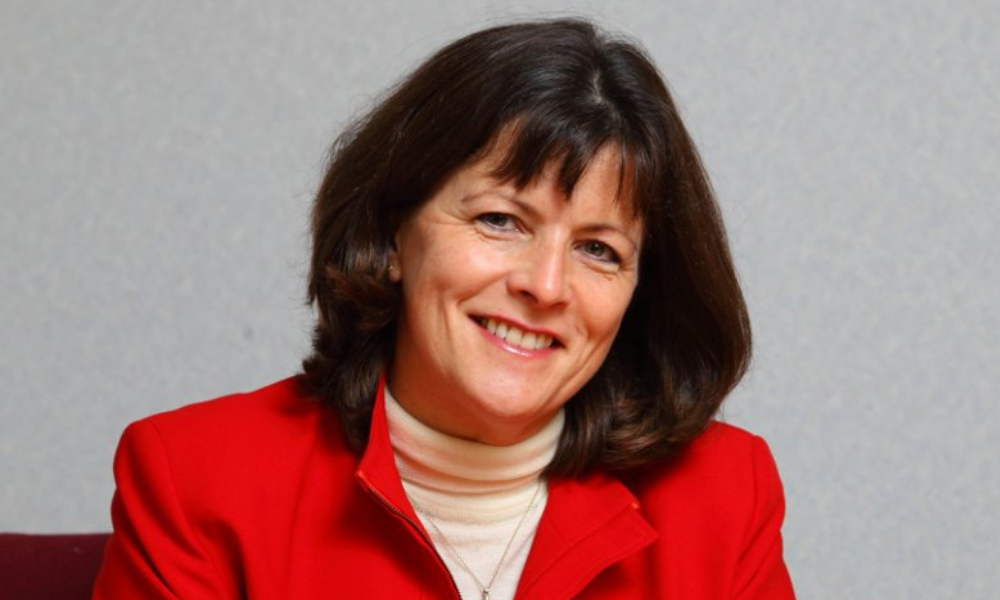But it bounced back during the latter part of the year

Confidence in the mortgage market fell right after the chaotic mini budget, causing around three in 10, or 29%, of intermediaries to feel ‘not very confident’ about the outlook for the industry during the fourth quarter of 2022.
This proportion of brokers was high compared to the mere 4% of intermediaries who did not feel very confident about the market during the same period of the previous year, the Intermediary Mortgage Lenders Association (IMLA) noted.
The latest Mortgage Market Tracker report from IMLA also found that the most prominent drop in confidence for Q4 was during October, with November and December showing signs of stabilisation, returning to a 70% proportion of intermediaries who felt either ‘fairly confident’ (56%) or ‘very confident’ (14%) in December.
Meanwhile, intermediary confidence in their own business declined slightly in Q4, as 11% of intermediaries reported being ‘not very confident’ in the outlook for their business, rising from the 5% reporting the same in the previous quarter.
However, 87% of intermediaries still reported that they were either ‘very confident’ or ‘fairly confident’ in their own business outlook during the final quarter of 2022, a dip of only 7% from the third quarter despite the October mini budget disruption and rising interest rates.
Steady caseload volumes show business as usual for the market
Overall, the average number of mortgage cases intermediaries estimated for the year held steady, at 94 compared to a peak of 103 at the end of last year and an average of 93 last quarter.
IMLA reported that the average number of decisions in principle (DIPs) that intermediaries processed in Q4 fell slightly by two when compared to Q3 2022, reaching the level seen two years ago in the final quarter of 2020. Despite a drop in November to 23 per intermediary, December saw a rebound, rising back up to 26 and matching the levels seen in July and August of 2022.
In Q4, the conversions of DIPs to completions also fell slightly by 1% from Q3 2022, down to 37%.
The business area and region seeing the biggest drop in conversions were in directly authorised DIPs and brokers operating out of the South of England, seeing decreases of 11% and 6% respectively during Q4.
Conversions for first-time buyers and buy-to-lets also remained steady with slight falls of 3% and 2%, reflecting a strong mortgage pipeline in the face of the macro-economic challenges now facing FTBs and some BTL landlords.
“It’s not surprising that the chaotic political and economic situation which played out in the autumn has been reflected in the survey results for the last quarter of the year,” Kate Davies (pictured), executive director at the Intermediary Mortgage Lenders Association, commented. “But it’s also reassuring that caseloads remained steady and intermediaries’ confidence in their own business was not overly hampered.
“There are green shoots here, with December marking a noticeable increase in confidence compared to October. Looking further back, the end of 2021 saw a record peak for the average intermediary case load and volumes of work are still remaining comparatively strong a year on, which is a positive sign.”
Davies added that the Bank of England’s continuing action to bring inflation under control, combined with strong competition among lenders to attract new business, are good indicators of recovery.
“There are increasing numbers of keenly-priced products and options out there for borrowers – and it will be the job of advisers and lenders to continue helping borrowers out of the woods, supporting them in their search for an appropriate, affordable and sensible deal,” she said.
Want to be regularly updated with mortgage news and features? Get exclusive interviews, breaking news, and industry events in your inbox – subscribe to our FREE daily newsletter.



